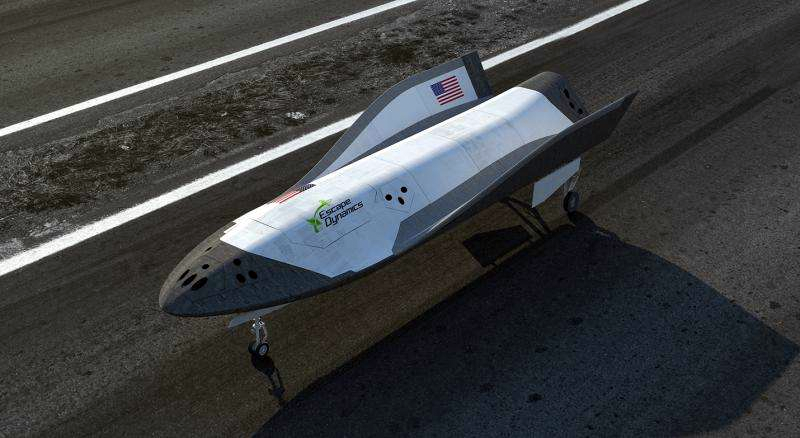Microwaves could propel future spaceplanes into orbit
*Ping!*

Private spaceflight firm Escape Dynamics reckons that it's going to be possible to send spaceplanes into orbit using microwaves beamed from the surface, dramatically cutting the cost of getting satellites and humans into space.
Many different alternatives to the traditional rocket have been proposed over the years, as rocketry is expensive and wasteful. So far none of them have come to fruition, but the recent growth of commercial spaceflight has allowed many more to be explored.
In Escape Dynamics' system, the spaceplane carries a tank of hydrogen hooked up to an electromagnetic motor. When microwaves are beamed at the heatshield on the bottom of the craft, the resulting energy is used by the motor to heat the hydrogen - which is then pushed through a nozzle, resulting in thrust.
Long way to go
How much thrust is a crucial question, and that's what the firm has been testing on the ground. Those tests are showing positive results for helium - which should be even better when the gas is switched to hydrogen - enough to propel a small craft into orbit.
There's still a long way to go, though - a powerful microwave array would need to be built and needs to be able to track the spaceplane in flight. Safety concerns around firing microwaves into space might be an issue too. But if those problems can be overcome, getting objects into space could be made far cheaper than it is today.
Inside the plan to drive to the South Pole in a hybrid Hummer
Get daily insight, inspiration and deals in your inbox
Sign up for breaking news, reviews, opinion, top tech deals, and more.
